Free white paper
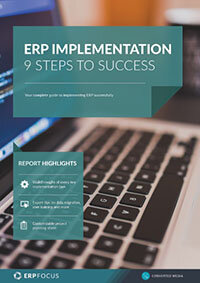
ERP Implementation: 9 steps to success
The 9 proven steps you should follow when implementing ERP
It’s easy to tell when some things in life are ready. A tomato turns red when it is ready to pick. A baby stands without support when it is ready to walk. An airplane closes the doors and taxis away when it is ready to fly. Unfortunately, determining if a company is ready for ERP is not nearly so straight forward. Testing for ERP readiness is somewhat like arriving at a medical diagnosis – you accumulate a list of symptoms, and see how many ERP would cure. The following are some of the symptoms you should look for.
The most compelling clue for ERP readiness is that it is the people from the business units who are asking for it – not IT. This is normally because business models have evolved to the point where many are literally painful. This is the result of a Catch-22: new business models are undertaken to support growth; because of that, they start small; because they are small they cannot justify an IT investment to accommodate the business model; because there are no computer systems to support the new business model, it is not scalable; growth objectives are never realized, and the only recourse is to create additional business models to make up for the shortfall.
Another symptom is that the risk of an obsolete system failing, or a legacy program failing to prevent fraud, or of a functioning system growing so complex that it occasionally produces embarrassingly erroneous results, is greater than the perceived risk of an ERP implementation. Correspondingly, your IT department has a difficult time recruiting top young talent, since keeping COBOL programs patched together is not viewed as being on the cutting edge of technology coolness.
If your financial auditors are becoming more and more openly critical in their reports to your Board of Directors, you may be approaching ERP readiness. Auditors are growing less tolerant of antiquated manual financial controls and gaps in control, knowing that world class financial controls, responsible segregation of duties, and automated exception reporting is all a normal by-product of an ERP system.
Lastly, if there is a general feeling that it is time to standardize the company around common processes and controls, you may be getting ready for ERP. This feeling can be driven by wanting to align and focus the company around strategic objectives, or it may just be that some major housecleaning is badly needed as a long term result of acquisitions, legacy customizations, and regional initiatives.
To be very literal, no company is every truly “ready” for ERP – even on go-live. The nuance of “ready” in this context is “recognize the need for”, and the needs should be pretty big and pretty identifiable. There is nothing subtle about an ERP implementation; for that reason, there should be nothing subtle about your company’s need for ERP. Bottom line, if you’re not sure you are ready for ERP, you probably aren’t.

The 9 proven steps you should follow when implementing ERP
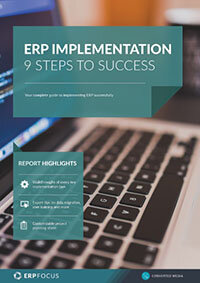
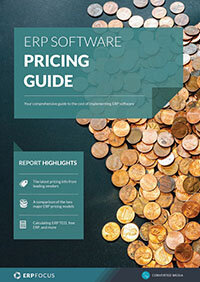
Get the latest pricing information on over 80 popular ERP systems, and learn how to budget for your ERP project in our free guide
Download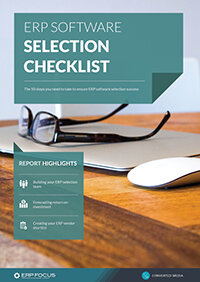
Get the comprehensive checklist for your ERP selection project
Download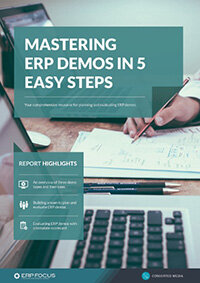
Master your ERP demo with 5 easy steps using our free guide (includes demo scorecard)
Download
Consider these ERP systems when selecting your next process manufacturing ERP

Key insights on CMMC compliance, deadlines, and securing DoD contracts with CMMC 2.0 certificatio...

Have you mastered the ERP pricing lexicon yet? Getting to grips with these five definitions is a ...